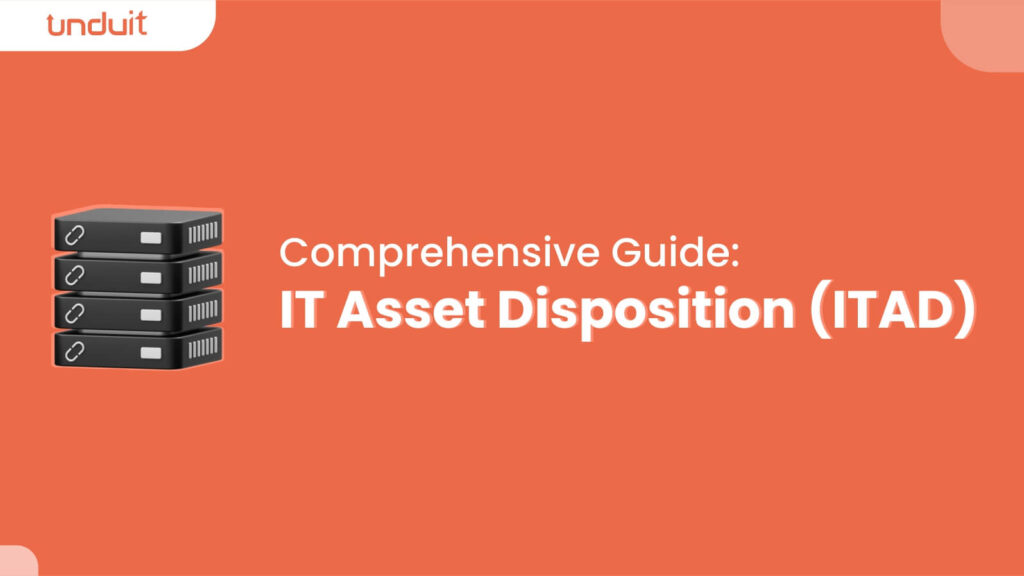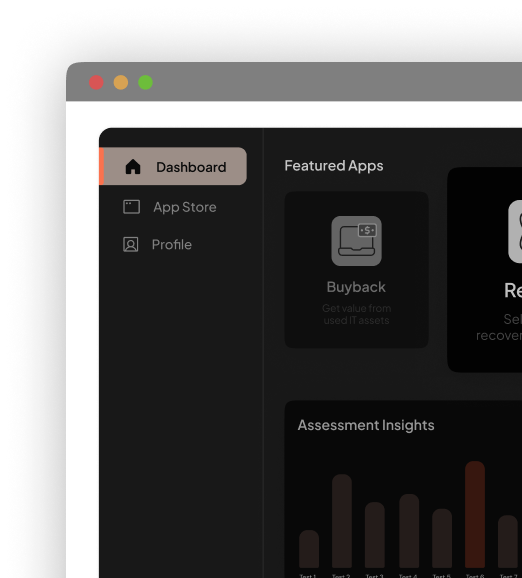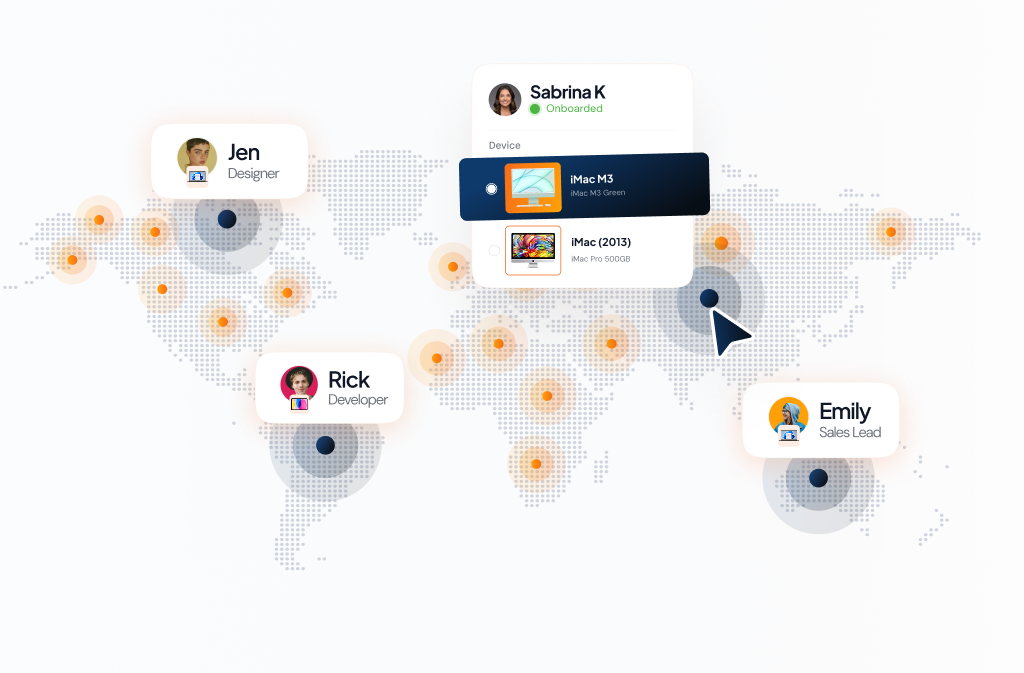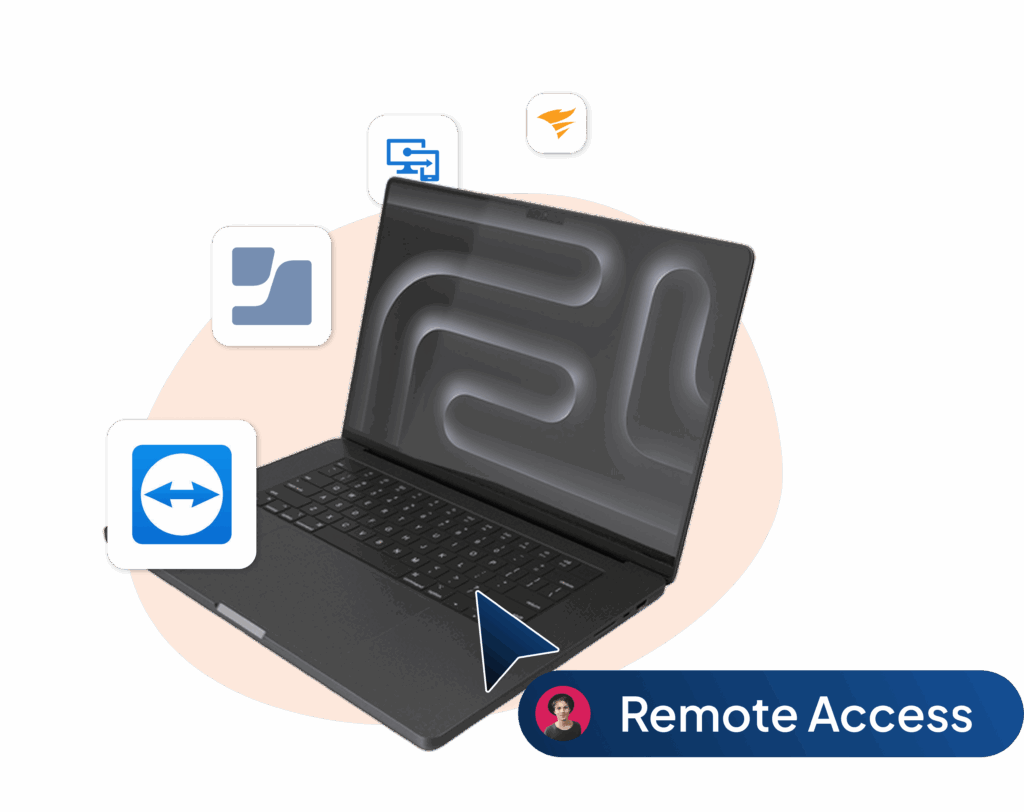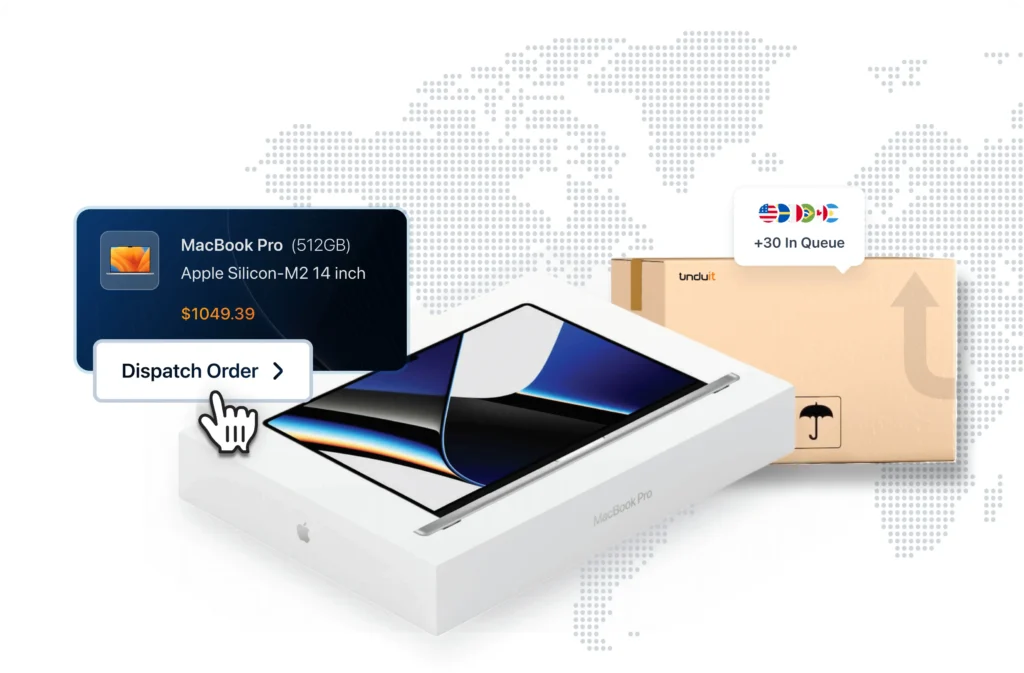What is IT Asset Disposition (ITAD)
IT Asset Disposition (ITAD) refers to the process of disposing of or reallocating outdated, end-of-life, or otherwise unwanted technology and electronic equipment. ITAD aims to ensure that the retired asset is disposed of in a safe, secure, and responsible manner that protects the sensitive data of corporates. It complies with environmental regulations and maximizes the value of the equipment. Organizations can either perform ITAD themselves or outsource it to specialized ITAD service providers.
What’s Covered by ITAD Companies
IT asset disposition companies typically offer the following services:
Data destruction: Secure data erasure or physical destruction of hard drives to prevent data breaches.
Equipment refurbishment: Repair and upgrade computer equipment to extend its lifespan and maximize its value.
Resale: Sale of refurbished equipment to generate revenue and reduce waste.
Recycling: Responsible asset disposal that cannot be refurbished or resold, in compliance with all relevant environmental regulations.
Reporting: Comprehensive reporting on the disposition of equipment, including the amount of equipment, recycled, the amount of equipment resold, and the amount of waste generated.
Types of Devices
ITAD providers handle a variety of technology devices such as data center equipment, endpoint devices, printers, copiers, and point-of-sale systems.
Data center equipment is complex and valuable and requires strict protocols for data destruction and decommissioning. ITAD providers work with data center operators to ensure secure data erasure and maximize equipment value through resale or recycling.
Endpoint devices, including laptops and mobile devices, are commonly disposed of, and ITAD providers offer services like secure data erasure and responsible recycling. These devices may be refurbished and resold or safely disposed of. ITAD providers also handle other types of hardware, which may contain sensitive data or hazardous materials, and offer data destruction, responsible recycling, and chain of custody documentation to ensure environmentally friendly and secure disposal.
Importance of Asset Disposal Policy
Having a clear and comprehensive ITAD policy in place is critical for organizations of all sizes. The policy should define the processes and procedures for disposing of technology assets and should take into account the following:
Data security: Procedures should be in place to securely erase or destroy any data stored on the equipment to prevent unauthorized access or data breaches.
Environmental regulations: The policy should ensure that equipment is disposed of in a manner that complies with all relevant environmental regulations, such as the Electronic Waste Recycling Act in the United States.
Maximizing value: The policy should aim to maximize the value of the equipment, either through reuse, resale, or recycling.
Choosing an ITAD Provider
When choosing an ITAD provider, it’s important to consider a few factors so that you exactly get what you’re expecting from the asset disposition service
Data security: Ensure that the provider has secure data destruction processes in place to prevent data breaches.
Environmental compliance: The provider should have processes in place to ensure that equipment is disposed of in an environmentally responsible manner.
Certifications: The provider should have certifications such as ISO 14001 for environmental management, and R2 for responsible electronics recycling.
Reporting and transparency: The provider should provide clear and comprehensive reporting on the disposition of your equipment, including the amount of equipment recycled, the amount of equipment resold, and the amount of waste generated.
Service offerings: Different ITAD service providers may offer different services, such as data destruction, equipment refurbishment, and resale. Choose a provider that offers the services that best meet your needs.
Frequently Asked Questions
Why is IT necessary to dispose of the assets?
Proper asset management is crucial for value recovery and improving productivity. By disposing of retired IT assets timely, organizations can mitigate security risks, reduce environmental impact, and free up storage space. ITAD providers can assess the value of old or unused equipment and refurbish or resell it to help organizations recoup some of their initial investment and reduce the total cost of ownership for their technology assets.
What is the size of the IT asset disposition market?
ITAD industry has been growing rapidly. MarketsandMarkets.com projects that the IT asset disposition market will increase in value from USD 15.5 billion in 2022 to USD 23.5 billion by 2027, indicating a compound annual growth rate of 8.7% during that period.
What is the IT Asset Disposition Process?
IT Asset Disposition process is simply a set of practices designed to manage the secure and environmentally-friendly disposal of technology assets that are no longer needed or have reached the end of their lifecycle. This process involves determining the value of an electronic device, securely erasing data, and disposing of the hardware in an eco-friendly way.
Do ITAD vendors handle Asset Tracking and Asset Recovery?
ITAD Solution providers typically offer asset tracking and asset recovery services. Asset tracking involves monitoring and recording the movement of IT assets throughout their lifecycle, from acquisition to disposal. This ensures that the location and status of IT assets are known at all times, allowing for better inventory management and the ability to track asset depreciation. Check this detailed guide to learn more about IT Asset Recovery.
What are the core steps to dispose of EOL IT assets successfully?
An ITAD company must comply with strict protocols to ensure data destruction service is comprehensive and secure, whether it’s a small PC or large-scale data center decommissioning. The process involves physically destroying the hard drives, rendering data irretrievable. Shredding, crushing, or disassembling hard drives is common, and the destruction process is documented and certified to ensure compliance with data protection regulations.
The minimal steps any finance department should take for End Of Life (EOL) IT assets management:
Implement policies for ITAD Security preferably according to the General Data Protection Regulation (GDPR) and their own local data protection laws. This ensures that the disposed of asset does not become a liability in the future for the organization.
Prepare a checklist for functionality tests for all computing equipment present. This sets a grading system that can be used to categorize assets into three different ITAD subgroups:
Reuse: this category does not only hold the whole asset into account rather parts of the asset can also be reused by the organization if need be. Like monitors, mice, keyboards, hard drives, RAM, and more.
Salvage: should only be conducted with proper erasure software implantation first and then all salvaged parts should be sold off to invest in the replacement equipment.
Dispose/recycle: Dispose of all assets using ITAD professionals to rule out all liability issues and breaching of national laws. If done using organizational resources, then the Basel Convention policies should be used to make sure that the e-waste is managed properly.
After functionality assessment of the asset, reevaluate the comparative cost effectiveness by placing the asset in all three functional categories. This ensures whether over time the asset would yield more profit if reused, cost of parts salvaged would yield greater profit or disposal/recycling would be most cost effective.
How can hard drive destruction be done compliantly and securely to ensure complete data removal?
How can hard drive destruction be done compliantly and securely to ensure complete data removal?
What is the residual value of old IT assets, and how can we recover some of the initial investment?
An ITAD vendor can better assess the value of a device and determine if it is worth refurbishing or reselling. By reselling the old equipment, organizations can recoup some of their investment, reducing the total cost of ownership (TCO) for their technology assets.
How can we choose a reliable and trustworthy ITAD provider that will adhere to industry standards and regulations?
When choosing an ITAD provider, it’s important to look for one that offers comprehensive data destruction services to minimize the risk of a data breach. You’ll also want to ensure that the provider adheres to all relevant industry standards and regulations for e waste recycling and disposal, as well as risk management practices. Also look for certifications, and a strong track record of secure asset disposition services, including proper data destruction and environmentally-responsible recycling practices. Moreover, to ensure the best ITAD process, consider the company’s ability to offer customized solutions and a software platform.
